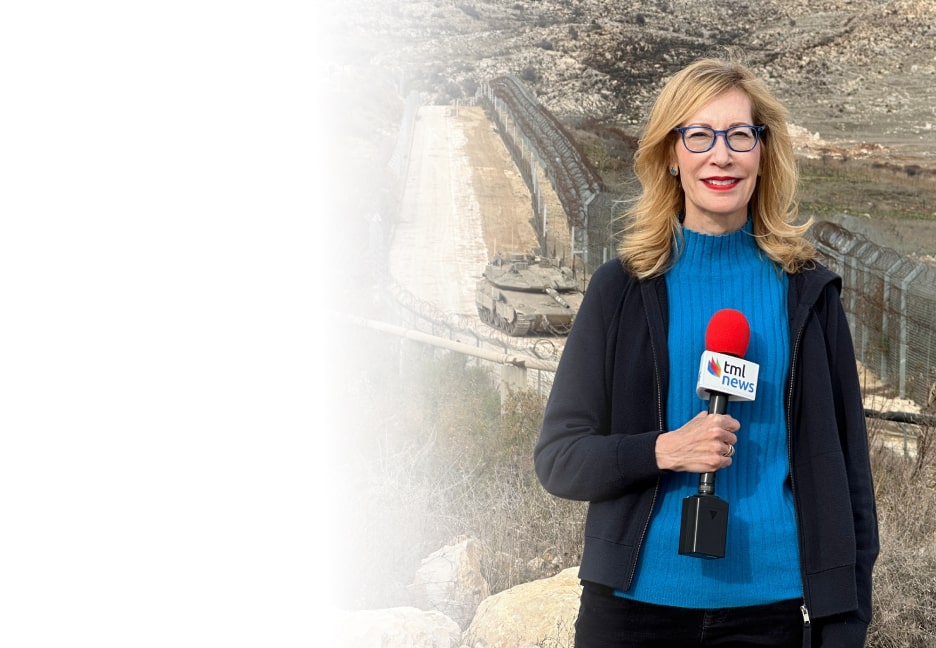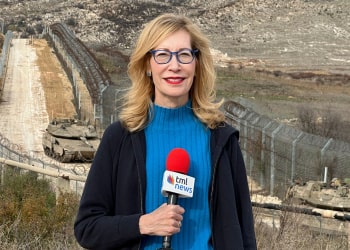Iran’s nuclear program just took a direct hit—but the big question now is: did the uranium get out in time? In her sharp and timely report [1] for The Media Line, Keren Setton walks us through what we know—and what we don’t—after US and Israeli forces struck Iran’s key nuclear sites at Fordo, Natanz, and Isfahan on Sunday.
The US brought in the heavy gear—B-2 stealth bombers and submarine-launched cruise missiles—to do what Israel couldn’t: hit the deeply buried Fordo site. President Donald Trump said the targets were “completely and fully obliterated.” Still, there’s one problem: No one’s sure if Iran’s 408.6 kilograms of uranium enriched to 60% were still there when the bombs landed.
This holiday season, give to:
Truth and understanding
The Media Line's intrepid correspondents are in Israel, Gaza, Lebanon, Syria and Pakistan providing first-person reporting.
They all said they cover it.
We see it.
We report with just one agenda: the truth.


“There is enough material there for a bomb,” warned Dr. Uri Nissim Levy, who chairs the World Nuclear Forum 193. And it wouldn’t be hard to move, he added—just “pickup trucks” and sealed canisters. Iranian sources claimed the uranium was quietly relocated, but Western analysts are waiting for satellite images and radiation readings before jumping to conclusions.
So far, the International Atomic Energy Agency says there’s no spike in radiation, which could mean the uranium is gone, or buried so deep under rubble that nothing is escaping. Either way, there’s no clear sign yet of what damage was done.
Setton’s piece also takes a wider look at Iran’s sprawling nuclear program, the strategic decision to scatter its sites, and the enormous challenge of trying to take it all down. As Levy bluntly put it: “There will never be 100% destruction of the Iranian nuclear program.”
This is a story that’s far from over. For expert voices and the full picture, check out Keren Setton’s full article [1] at The Media Line.